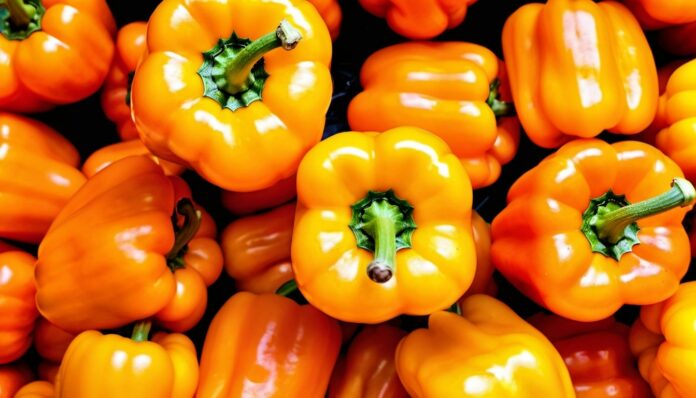Pepper is a versatile spice made from the dried berries of the Piper nigrum plant. It comes in various forms, including black, white, and green, each with its unique flavor profile. Pepper is widely used in cuisines around the world to add heat and depth to dishes.
It has a long history of trade and cultural significance, dating back thousands of years. From its origins in ancient India to its role in shaping global trade routes, pepper continues to be a staple in kitchens everywhere.
Interesting Facts About Pepper
- Pepper is one of the oldest known spices, with evidence of its use dating back to at least 2000 BCE.
- The word “pepper” is derived from the Sanskrit word “pippali.”
- Black pepper is the most common type of pepper and comes from fully ripened berries that are dried and ground.
- White pepper is made from the seed of the pepper plant and has a milder flavor than black pepper.
- Green pepper is made from unripe berries and has a fresher, more subtle taste.
- Pepper was once so valuable that it was used as currency and was often referred to as “black gold.”
- The ancient Egyptians used pepper in the embalming process.
- Pepper was highly prized in ancient Rome and was used to pay taxes and rent.
- The demand for pepper in medieval Europe led to the exploration and colonization of new lands.
- Pepper was one of the main spices sought after by European traders during the Age of Exploration.
- The Portuguese were the first Europeans to establish direct trade routes to the source of pepper in India.
- Pepper was used in traditional medicine to treat various ailments, including digestive issues and sore throats.
- The chemical compound responsible for pepper’s spiciness is called piperine.
- Pepper plants are native to the Malabar Coast of India but are now grown in tropical regions around the world.
- Pepper vines can grow up to 10 meters tall and are trained to climb trellises or trees.
- Pepper plants produce small, white flowers that develop into berries known as peppercorns.
- Pepper is harvested by hand when the berries are still green and unripe.
- The berries are then dried in the sun or in ovens to preserve them for storage and transportation.
- Vietnam is currently the world’s largest producer of pepper, followed by Indonesia and India.
- Pepper is used in a wide range of dishes, including meats, seafood, soups, and salads.
- In some cultures, it is believed that pepper has aphrodisiac properties.
- Pepper was once so valuable that it was used to pay ransoms and dowries.
- The spice trade routes that developed around pepper helped to shape global trade and cultural exchange.
- The Dutch East India Company controlled much of the pepper trade in the 17th century.
- Pepper was introduced to the Americas by European colonists and quickly became popular in indigenous cuisines.
- Pepper is often paired with salt to create a seasoning blend known as salt and pepper.
- The flavor of pepper can vary depending on factors such as where it was grown, how it was processed, and how long it has been stored.
- Pepper is commonly used in pickling and preserving foods.
- Pepper was once used as a form of punishment, with offenders being forced to swallow large quantities of the spice.
- Pepper is still considered a symbol of wealth and luxury in some cultures and is often used in ceremonial and ritualistic contexts.
